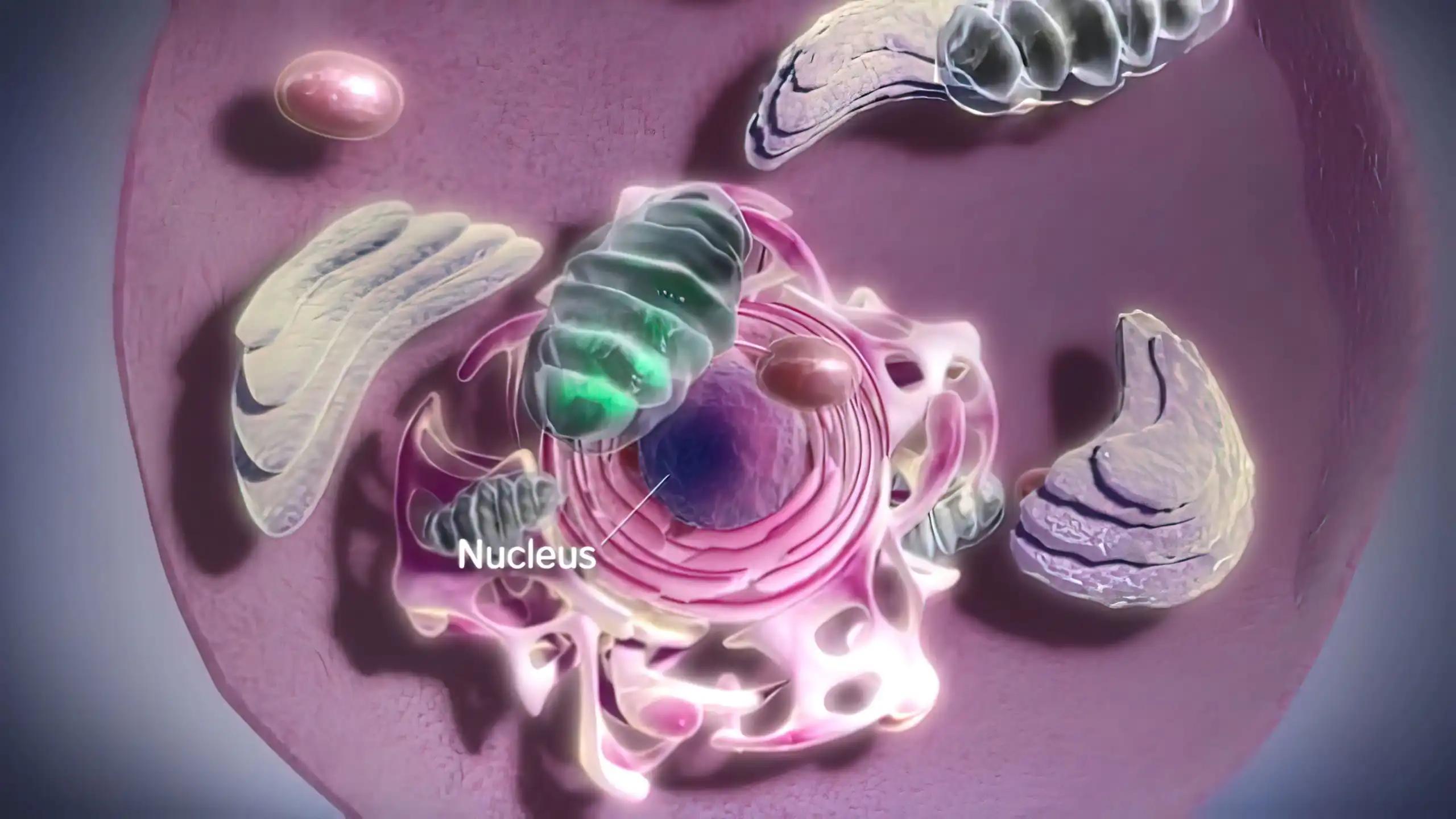KEY TAKEAWAYS
- ORIENT-11 was a phase 2 clinical trial that aimed to optimize the TIME classification model and evaluate its predictive value for the efficacy of immunotherapy plus chemotherapy in patients with advanced (NSCLC).
- The study aimed to identify the relationship between TIME classification model and immunotherapy efficacy in NSCLC patients.
- The researchers used RNA-sequencing and immunohistochemistry data to optimize the TIME classification model.
- The study results suggest that using the TIME classification model may improve the efficacy and efficiency of immunotherapy plus chemotherapy treatment in NSCLC patients, especially those with high PD-L1 expression and immune infiltration.
PD-L1-/TIL- (type I), PD-L1+/TIL+ (type II), PD-L1-/TIL+ (type III), and PD-L1+/TIL- (type IV) are the four subtypes of tumor immune microenvironment (TIME) based on mechanisms of adaptive immune resistance (type IV). However, no large-scale randomized controlled clinical trial has verified the connection between the TIME classification model and immunotherapy efficacy in patients with advanced non-small cell lung cancer (NSCLC). Therefore, we optimized the TIME classification model and assessed its predictive value for the success of immunotherapy combined with chemotherapy using RNA-sequencing and immunohistochemistry data from the ORIENT-11 study.
The expression of PD-L1 mRNA and the immune score determined using the ESTIMATE method were the best predictors of the success of immunotherapy in combination with chemotherapy. This led to their identification as the best possible TIME classification system definition. PFS (HR, 0.12; 95% CI, 0.06-0.25; P<.001) and OS (HR, 0.27; 95% CI, 0.13-0.55; P<.001) were significantly better in the type II subpopulation with a high immune score and high PD-L1 mRNA expression when comparing combination therapy to chemotherapy alone. Although the other three subpopulations in the combination group were more likely to have similar PFS, the type II subpopulation had a significantly longer survival time, not even reaching the median PFS or OS. There was no correlation between TIME subtypes and survival outcomes in the chemotherapy group. Chemotherapy plus immunotherapy as first-line treatment for advanced NSCLC may only help patients with high PD-L1 expression and immune infiltration. Chemotherapy alone could be preferable for patients who lack PD-L1 expression or immune infiltration to avoid unnecessary toxicities and financial burdens.
Source: https://pubmed.ncbi.nlm.nih.gov/36948245/
Clinical Trial: https://clinicaltrials.gov/ct2/show/NCT03607539
Sun D, Liu J, Zhou H, Shi M, Sun J, Zhao S, Chen G, Zhang Y, Zhou T, Ma Y, Zhao Y, Fang W, Zhao H, Huang Y, Yang Y, Zhang L. Classification of Tumor Immune Microenvironment (TIME) According to PD-L1 Expression and Immune Infiltration Predicts Response to Immunotherapy plus Chemotherapy in Advanced NSCLC Patients. J Thorac Oncol. 2023 Mar 20:S1556-0864(23)00194-6. doi: 10.1016/j.jtho.2023.03.012. Epub ahead of print. PMID: 36948245.



